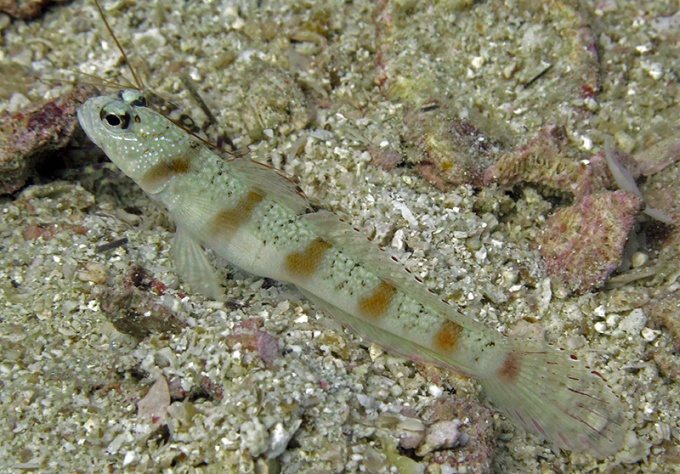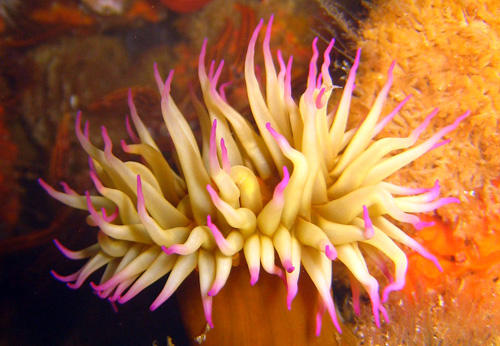
The name “Bobbit worm” was puplished in the 1996 book “Coral Reef Animals of the Indo-Pacific”, in reference to Lorena Bobbit, who was charged for cutting of her husbands private parts. The name is inspired only by the scissor like jaws of the worm.
The Bobbit worm is an aquatic predator with a lot of bristles. It lies at the floor of the warm tropical oceans of the Indo – Pacific and warmer regions of the Atlantic. This organism buries its long body into an ocean bed composed of gravel, mud or corals in shallow water. Here it waits patiently for a response to one of its five antennae, attacking when it senses a prey. Armed with sharp teeth, it is known to attack with such speeds that there is no escape and the prey is sometimes sliced in half. The worm hunts for food at night and eats everything from small fish, corals or seaweed up to larger aquatic predators.
The Bobbit Worm injects a narcotizing or killing toxin in their prey animal, so it can be safely ingested — especially if they are larger than the worm, like a Pacific lionfish http://www.youtube.com/watch?v=3H4J5QDQeA4.
The worm can even harm humans, since the toxin can cause permanent numbness.
Unlike a different family of worms, the fire worms, which have harpoon-shaped bristles that release a toxin that can cause severe skin irritation, the Bobbit Worms specimens bristles are not used for defensive purposes. They simply use their bristles for improving traction for crawling over the sediment or inside their galleries or tubes.
Little is known about the sexual habits and lifespan of this worm, but researchers hypothesize that sexual reproduction occurs at an early stage, maybe even when the worm is about 100 mm.
100 mm is very small, considering these worms can grow to sizes of nearly 3 meters, although the average length is 1 m and 25 mm in diameter.
Bobbit worms may accidentally be introduced into artificial environments. In March 2009, the Blue Reef Aquarium in Newquay, England, discovered a Bobbit worm in one of their tanks. The workers had seen the devastation caused by the worm, such as fish being injured or disappearing and coral being sliced in half, but did not find it until they started taking the display apart in the tank. The worm was nicknamed “Barry”.






